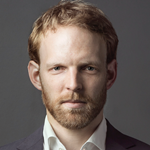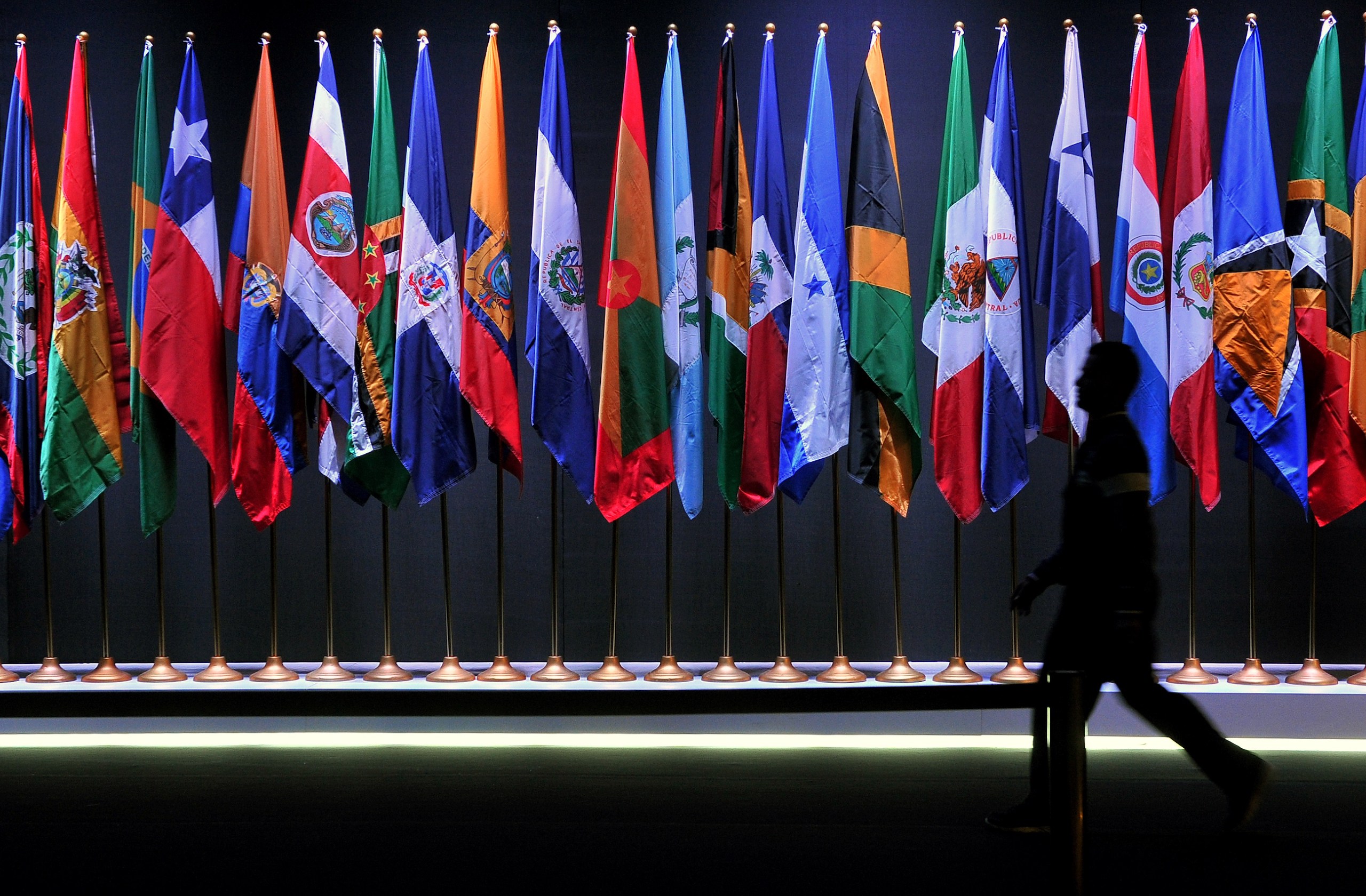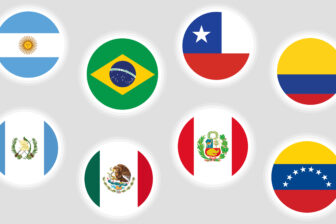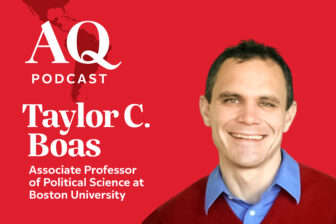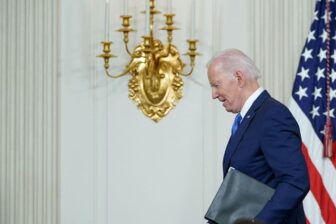SÃO PAULO — “Our region can do more,” 11 former presidents and former foreign ministers from Latin America recently wrote in an open letter to current heads of state, underlining that regional integration was “more necessary than ever.” They have a point.
As the age of hyperglobalization is ending and regionalization is back in vogue, Latin America remains one of the least economically integrated regions in the world. Regional cooperation has been extremely limited due to profound ideological differences between leaders over the past years. Two examples symbolize the striking disconnect: Despite a shared border and numerous common challenges, the heads of state of Brazil and Argentina have not been on speaking terms for most of the past three years. Secondly, the president of Mexico has not visited South America at all since coming to power in late 2018. Now that the second pink tide has reached all major countries in the region and Bolsonaro is on his way out, many see a window of opportunity for greater regional unity.
However, the past two weeks suggest that even with leftist leaders occupying presidential palaces in the vast majority of countries in the region, broader policy coordination and regional integration will not come easily. The current selection process of the next president of the Inter-American Development Bank (IDB) is a case in point: When the U.S. nominated its own candidate to head the IDB in 2020—an unprecedented move—and Latin America was unable to unite around an alternative candidate, many observers believed ideological divisions were to blame. Two years later, however, not much has changed. In addition to Brazil’s candidate Ilan Goldfajn, nominated by outgoing President Bolsonaro, another four countries—Argentina, Mexico, Chile, Trinidad and Tobago—decided to launch candidacies, setting the stage for a fairly open race. The fact that Lula’s former Minister of Finance Guido Mantega and Workers’ Party (PT) president Gleisi Hoffmann attempted to delay the vote to launch a Brazilian candidate chosen by the incoming government added another layer of uncertainty and may have ultimately been designed to simply weaken Goldfajn, who lacks unambiguous support from the incoming Lula government.
While launching a candidate may also be a way to negotiate other plum jobs in the IDB, a divided Latin America generally makes it easier for the United States to block candidates it dislikes. Yet rather than working towards a single Latin American candidacy, governments in Mexico, Chile and Argentina put forward names they think may win, even though Ilan Goldfajn, generally seen as the most technically qualified candidate, is still thought to be the United States’ preferred choice. In the final days prior to the vote, a lot will depend on how other governments interpret the Lula administration’s ambiguous stance vis-à-vis the Brazilian candidate. In a TV interview days ahead of the vote, Celso Amorim—seen as Lula’s most influential foreign policy advisor—made clear he was not involved in Mantega’s efforts to weaken Goldfajn and was “personally not opposed” to the candidacy, a potentially relevant signal to governments in the region.
Several factors explain that, even in the context of the second pink wave, Latin America is likely to remain fragmented. First, including all leftwing governments in one category does not take into consideration that there are genuine ideological differences between leftist leaders and their parties across the region; AMLO and Boric think about the world in very different ways—Mexico’s president is socially conservative, messianic and reveals authoritarian tendencies, while Boric is a European-style social democrat. In the same way, Boric is not particularly well-liked among PT stalwarts, and the Argentine government is already rolling its eyes at what some policymakers in Buenos Aires expect to be the return of “bossy Brazil” under Lula. That will matter greatly when discussing things like Latin America’s role in the global economy, the crisis in Venezuela and how to deepen regional integration.
Secondly, while ideological alignment certainly helps, it is often overlooked that regional rivalries persist irrespective of ideology. Many policymakers across Latin America found Lula’s regional posture grating and overly ambitious. Even though Petro is keen to strengthen ties with Brazil, he is unlikely to accept entering Brazil’s sphere of influence or have Brazil represent South America abroad. There is no doubt that Brazil is bound to be a more constructive regional actor under Lula—and one can expect it to reenter CELAC, recreate UNASUR, a regional body that ceased to function in 2017—and seek to resuscitate Mercosur. The authors of the letter calling for greater cooperation are right to call for building infrastructure to connect the region and intensifying cooperation in the realm of public health, technology and climate change—yet, the pink tide’s leaders’ incapacity to rally around one single candidate at the IDB suggests chances for transformative change in the realm of regional cooperation are facing an uphill battle.


